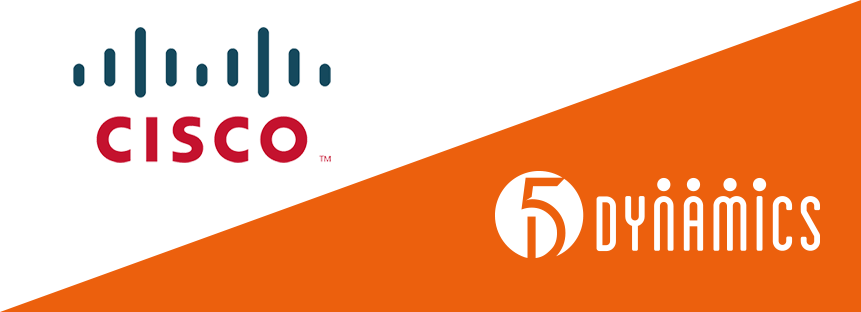Creating Collaborative Cultures

I was recently challenged to think about the one thing that 5 Dynamics does best. Although our methodology and underlying software can be applied in many ways, it did not take me long to come up with my answer.
We supply the ingredients that are required for [creating collaborative cultures](/increasing-
productivity-with-the-5-dynamics-methodology/).
If you have been to any industry conference in the past two years, you probably heard at least one person talking about the ideal workplace where employees are engaged, where they honor the gifts that each person brings, and they are inspired by the work that they do. The speakers are full of dreams of everyone working harmoniously and being able to bring the best versions of themselves to work, but they offer no concrete steps outlining how to create this utopia.
Organizations have changed significantly over the past twenty-five years. When I began my career as a technical writer, these were not themes that were being discussed; communication and collaboration were not at the forefront. I was doled out assignments and sent back to my cubicle where I attempted to figure out how best to translate “engineer-ese” into English. I belonged to a group, but not a team.
The group lead was anything but collaborative. I will never forget the day that I walked into her office to ask for my next assignment. She pulled out a paper copy of her master list that detailed all of the documents included in the upcoming release. She must have been a big believer in the old adage that knowledge is power because she was so afraid I might see the master list of documents that she literally used her body to shield the list from my eyes.
Apparently, in her mind, I was on a need-to-know basis, and she had judged me as not needing to know. What did she think that I would do with that information? Was I going to run back to my desk and quickly update the remaining documents? It struck me as ridiculous and bizarre back then and it still does today.
When I began my career it was easier to withhold information. We did not have information at our fingertips. I recall the day when I discovered that the internet existed, and all I had to do was to use this browser called Mosaic to be able to access this magical thing. We did not have collaboration software nor did we keep all of our data in an easy-to-access repository.
In today’s world, you have access to more data than you can digest. If you are a software engineer and you need to learn a new language, you simply go to Khan Academy and are able upgrade your skills on the fly. Lack of access to information is no longer a barrier to growth and productivity.
Today, the inability for people to collaborate effectively is what holds companies back. You can have the best and the brightest people on your team, but if they cannot get out of their own way and/or out of each other’s way, your productivity will decrease.
At 5 Dynamics we have a very simple and elegant methodology. Within 2.5 minutes, we are able to measure where an individual is likely to want to spend their time and Energy. What phases of any project or process will they enjoy playing in and what phases will they likely avoid? Where might they spend too much time and where might they not spend enough time? How do they view the world and the people in it? What do they value? Where are their blind spots? What are their superpowers? How will they show up on a team?
We can answer all of these questions in 2.5 minutes.
What is more, once your teammates have spent the same 2.5 minutes, you can also have immediate access to their information. You can take this complex problem of decoding humans and solve it in 2.5 minutes.
You begin to understand and appreciate differences in people. You learn how and where to lean in. You become aware of how and why you are driving your teammates crazy. You also now know why they drive you crazy as well. You begin to focus on meeting your teammates halfway. It is no longer your way or the highway. You know your super powers and you know theirs. You recognize that your super powers can also become kryptonite if overused or used at the wrong time.
People begin to align naturally, appreciate one another, and lean in on projects. They actually enjoy working together. Where there was friction, there is now harmony. It almost sounds too good to be true, but I have seen it time and time again. I have worked with executive teams, who resented one another and focused on turf wars, shift from battle mode to collaboration mode.
What is a collaborative culture? Simply put, it is an organization made up of collaborative teams that are made up of collaborative people. People who are self-aware and who have taken the time to get to know their teammates as well. People who practice speaking in someone else’s language to connect with them in a richer, deeper way. People who stop believing that they are the best at everything and are open to the gifts of others.
Isn’t this the type of organization that you want to be a part of?


